4-25V Adjustable Step-down Voltage Regulator D36V6AHV
Available with a lead time
Expect dispatch between Oct 13 and Oct 15
Quantity Discounts:
- 10+ $12.44 (exc GST)
- 25+ $12.05 (exc GST)
 |
The D36V6x family of buck (step-down) voltage regulators generates lower output voltages from input voltages as high as 50 V. They are switching regulators (also called switched-mode power supplies (SMPS) or DC-to-DC converters), which makes them much more efficient than linear voltage regulators, especially when the difference between the input and output voltage is large. This family includes seven versions with fixed output voltages ranging from 3.3 V to 15 V and two adjustable versions that can be set using a trimmer potentiometer:
- D36V6F3: Fixed 3.3V output
- D36V6F5: Fixed 5V output
- D36V6F6: Fixed 6V output
- D36V6F7: Fixed 7.5V output
- D36V6F9: Fixed 9V output
- D36V6F12: Fixed 12V output
- D36V6F15: Fixed 15V output
- D36V6ALV: Adustable 2.5 – 7.5 V output
- D36V6AHV: Adustable 4 – 25 V output
The regulators feature short-circuit/over-current protection, and thermal shutdown helps prevent damage from overheating. The boards do not have reverse-voltage protection.
Details for item #3799
Features
- Input voltage: 4 V to 50 V (input must exceed the output by the dropout voltage; see the dropout voltage section for details)
- Output voltage: adjustable from 4 V to 25 V by on-board trimmer potentiometer
- Maximum output current: 600 mA (see the maximum continuous output current graph below)
- Fixed 2.1 MHz switching frequency
- High-voltage enable input can put the board into a low-power state where it draws less than 2 µA (typical)
- Low quiescent current: < 2 mA (see the quiescent current graph below)
- Over-current and short-circuit protection, over-temperature shutoff
- Small size: 0.6" × 0.4" × 0.15" (15 mm × 10 mm × 4 mm)
- Weight: 0.6 g
Connections
This regulator has four connections: shutdown (SHDN), input voltage (VIN), ground (GND), and output voltage (VOUT).
The SHDN pin can be driven low (under 1.25 V) to turn off the output and put the board into a low-power state (< 2 µA typical). The regulator is enabled by default, and this input can be left disconnected if you do not need this feature.
The input voltage, VIN, powers the regulator and should be between 4 V and 50 V. If the input voltage gets too close to the output voltage, the output will start to drop, so you should ensure that VIN exceeds VOUT by at least the dropout voltage, which varies with the output voltage and the load (see below for graphs of the dropout voltage as a function of the load). Additionally, please be wary of destructive LC spikes (see below for more information).
The output voltage, VOUT, is determined by the trimmer potentiometer position, with clockwise turns increasing the output voltage. You can use a multimeter to measure the output as you set it. Please note that the output voltage can be affected by a screwdriver touching the potentiometer, so the output measurement should be done with nothing touching the potentiometer. When setting the output voltage, note that the buck regulator can only produce voltages lower than the input voltage. The following graph shows approximately how the potentiometer position maps to the output voltage settings on the D36V6ALV (blue curve) and D36V6AHV (red curve).
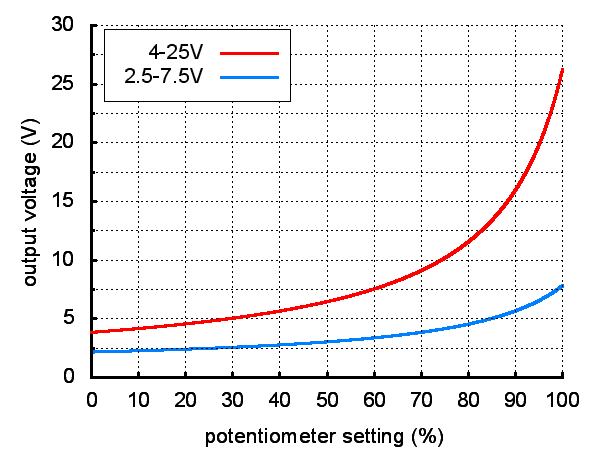 |
Output voltage settings for the adjustable 2.5-7.5V and 4-25V buck regulators (D36V6Ax/D24V6Ax/D24V3Ax). |
|---|
The four connections are labeled on the back side of the PCB and are arranged with a 0.1" spacing along the edge of the board for compatibility with solderless breadboards, connectors, and other prototyping arrangements that use a 0.1" grid. You can solder wires directly to the board or solder in either the 4×1 straight male header strip or the 4×1 right-angle male header strip that is included.
 |
Typical efficiency
The efficiency of a voltage regulator, defined as (Power out)/(Power in), is an important measure of its performance, especially when battery life or heat are concerns.
 |
 |
 |
 |
Maximum continuous output current
The maximum achievable output current of these regulators varies with the input voltage but also depends on other factors, including the ambient temperature, air flow, and heat sinking. The graph below shows maximum output currents that these regulators can deliver continuously at room temperature in still air and without additional heat sinking.
 |
Quiescent current
The quiescent current is the current the regulator uses just to power itself, and the graph below shows this for the different regulator versions as a function of the input voltage. The module’s SHDN input can be driven low to put the board into a low-power state where it typically draws under 2 µA.
 |
Typical dropout voltage
The dropout voltage of a step-down regulator is the minimum amount by which the input voltage must exceed the regulator’s target output voltage in order to ensure the target output can be achieved. For example, if a 5 V regulator has a 1 V dropout voltage, the input must be at least 6 V to ensure the output is the full 5 V. Generally speaking, the dropout voltage increases as the output current increases. The graph below shows the dropout voltages for the different members of this regulator family:
 |
LC voltage spikes
When connecting voltage to electronic circuits, the initial rush of current can cause voltage spikes that are much higher than the input voltage. If these spikes exceed the regulator’s maximum voltage (50 V), the regulator can be destroyed. In Pololu's tests with typical power leads (~30" test clips), input voltages above 28 V caused spikes over 50 V.
If you are connecting more than 28 V or your power leads or supply has high inductance, Pololu recommend soldering a suitably rated 33 µF or larger electrolytic capacitor close to the regulator between VIN and GND.
More information about LC spikes can be found in Pololu's application note, Understanding Destructive LC Voltage Spikes.
People often buy this product together with:
 | Pololu Adjustable 4-12V Step-Up/Step-Down Voltage Regulator S18V20ALV |
 | 3.3V, 600mA Step-Down Voltage Regulator D36V6F3 |
 | 5V, 600mA Step-Down Voltage Regulator D36V6F5 |
Dimensions
| Size: | 0.4" × 0.6" × 0.15"1 |
|---|---|
| Weight: | 0.6 g1 |
General specifications
| Minimum operating voltage: | 4 V2 |
|---|---|
| Maximum operating voltage: | 50 V |
| Maximum output current: | 600 mA |
| Minimum output voltage: | 4 V3 |
| Maximum output voltage: | 25 V3 |
| Reverse voltage protection?: | N |
| Maximum quiescent current: | 2 mA4 |
| Output type: | adjustable 4-25V3 |
Identifying markings
| PCB dev codes: | reg04a |
|---|---|
| Other PCB markings: | 0J3866 |
Notes:
- 1
- Without included optional headers.
- 2
- The input voltage must exceed the output voltage by the dropout voltage.
- 3
- Output voltage is set by a built-in trimmer potentiometer.
- 4
- While enabled with no load. Can be reduced to under 2 µA using the enable pin.
File downloads
-
Drill guides (DXF) for the Step-down Voltage Regulator D24V3x, D24V6x, and D36V6x (3k zip)
These DXF drawings show the locations of all of the holes on the fixed and adjustable Step-down Voltage Regulators D24V3x, D24V6x, and D36V6x.
-
Dimension diagram of the Step-down Voltage Regulator D24V3x, D24V6x, and D36V6x (250k pdf)
-
3D models (STEP) of the Step-down Voltage Regulator D24V3x, D24V6x, and D36V6x (1MB zip)
This file contains 3D models (in the step file format) of the fixed and adjustable Step-down Voltage Regulators D24V3x, D24V6x, and D36V6x.
Exact shipping can be calculated on the view cart page (no login required).
Products that weigh more than 0.5 KG may cost more than what's shown (for example, test equipment, machines, >500mL liquids, etc).
We deliver Australia-wide with these options (depends on the final destination - you can get a quote on the view cart page):
- $3+ for Stamped Mail (typically 10+ business days, not tracked, only available on selected small items)
- $7+ for Standard Post (typically 6+ business days, tracked)
- $11+ for Express Post (typically 2+ business days, tracked)
- Pickup - Free! Only available to customers who live in the Newcastle region (must order online and only pickup after we email to notify you the order is ready). Orders placed after 2PM may not be ready until the following business day.
Non-metro addresses in WA, NT, SA & TAS can take 2+ days in addition to the above information.
Some batteries (such as LiPo) can't be shipped by Air. During checkout, Express Post and International Methods will not be an option if you have that type of battery in your shopping cart.
International Orders - the following rates are for New Zealand and will vary for other countries:
- $12+ for Pack and Track (3+ days, tracked)
- $16+ for Express International (2-5 days, tracked)
If you order lots of gear, the postage amount will increase based on the weight of your order.
Our physical address (here's a PDF which includes other key business details):
40 Aruma Place
Cardiff
NSW, 2285
Australia
Take a look at our customer service page if you have other questions such as "do we do purchase orders" (yes!) or "are prices GST inclusive" (yes they are!). We're here to help - get in touch with us to talk shop.
Have a product question? We're here to help!
Videos
View AllGuides
PiicoDev Magnetometer- Getting Started Guide
How to Drive High Power LEDs – 3W Aluminum Backed Star LEDs
The Maker Revolution
How to Use DC Regulators/Converters
Projects
Wireless QI Phone Charger Powered by Raspberry Pi
mmPi-Pico HAT
Solar Charging Station
Makers love reviews as much as you do, please follow this link to review the products you have purchased.

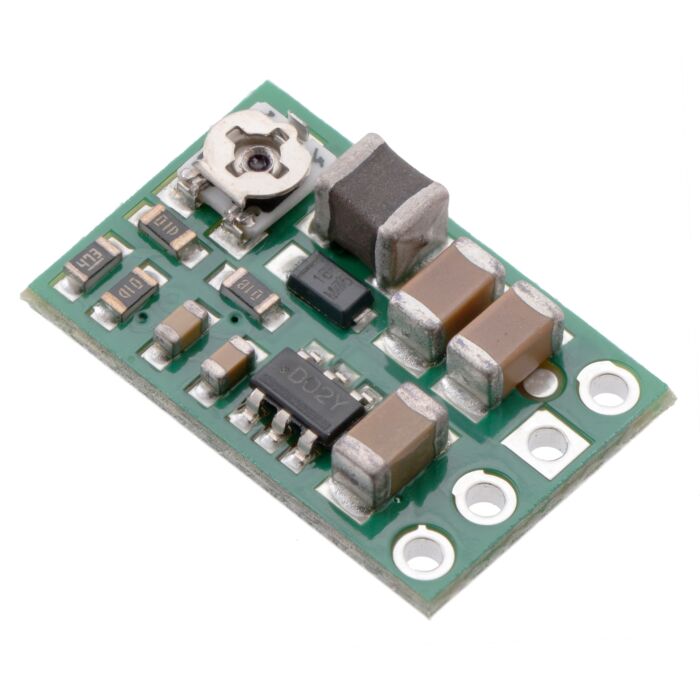



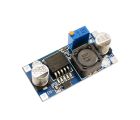







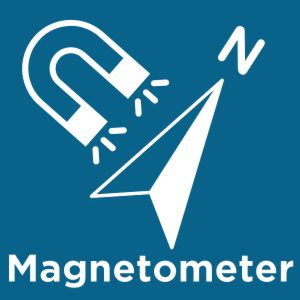
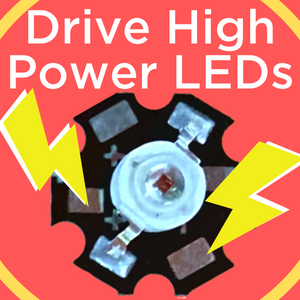

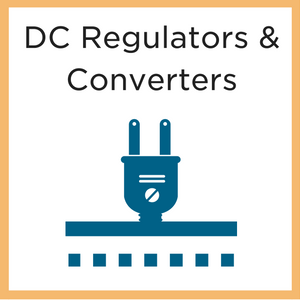
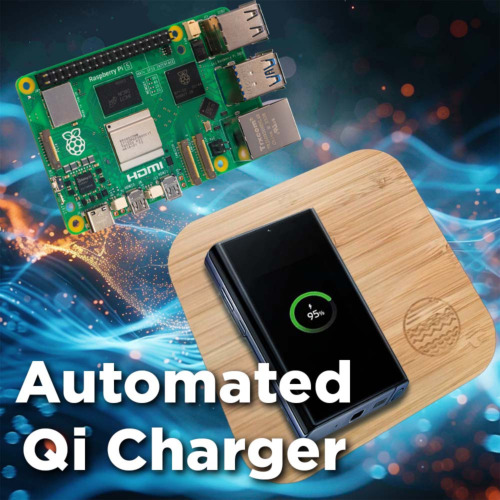
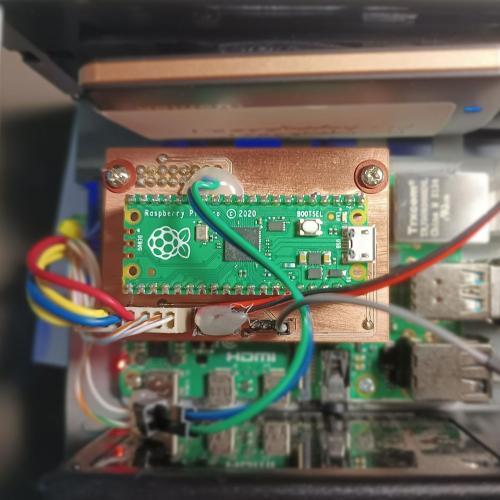


Product Comments